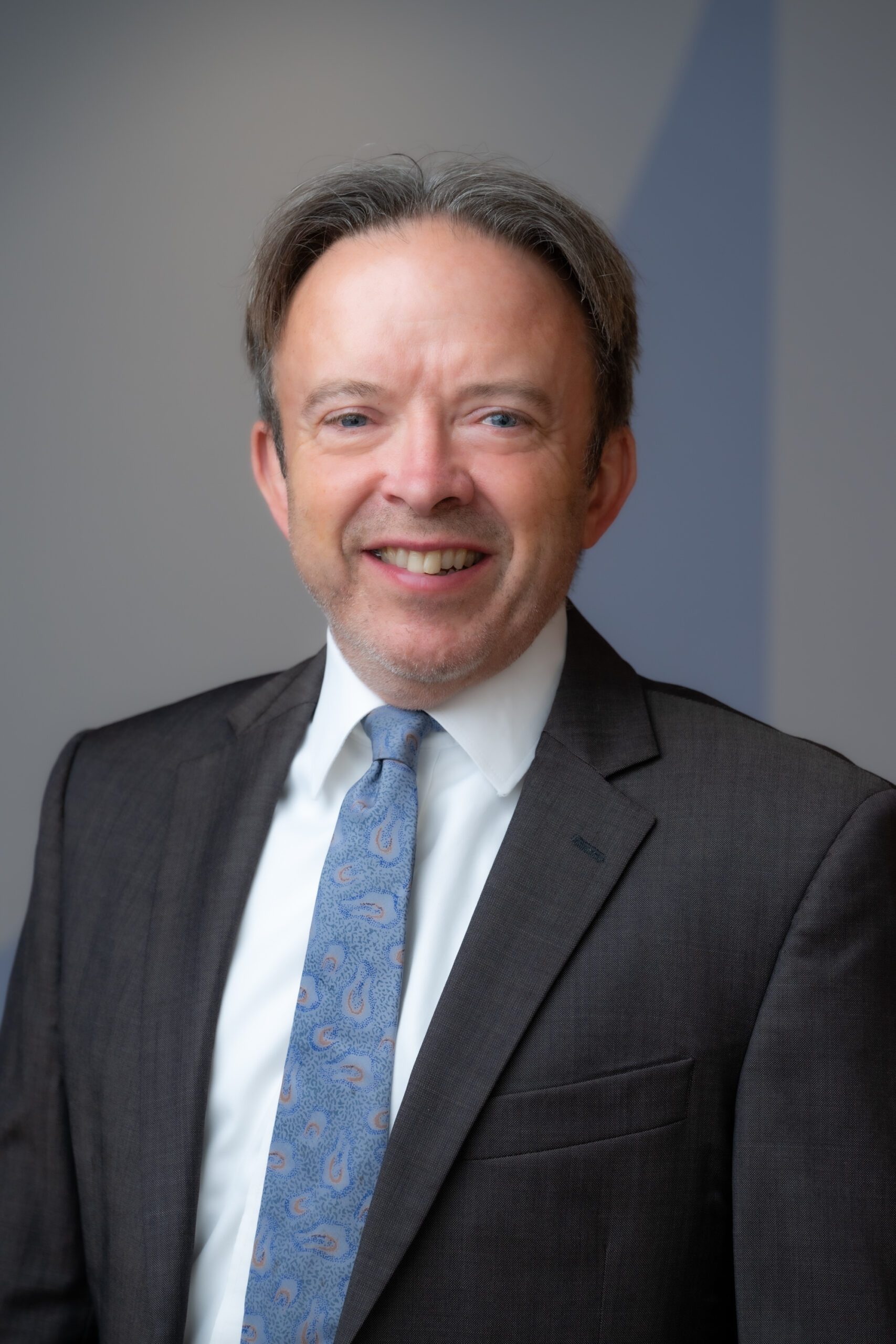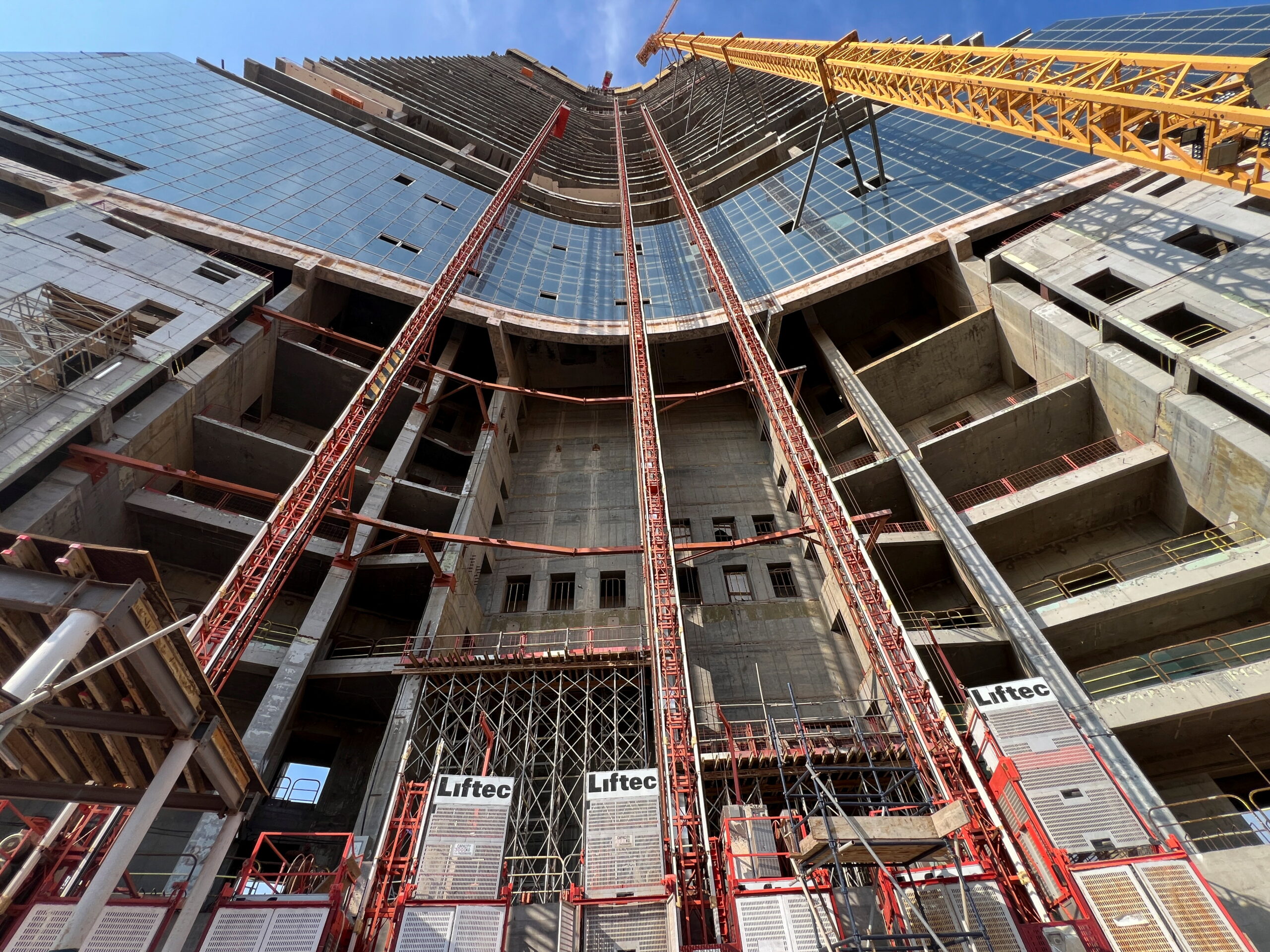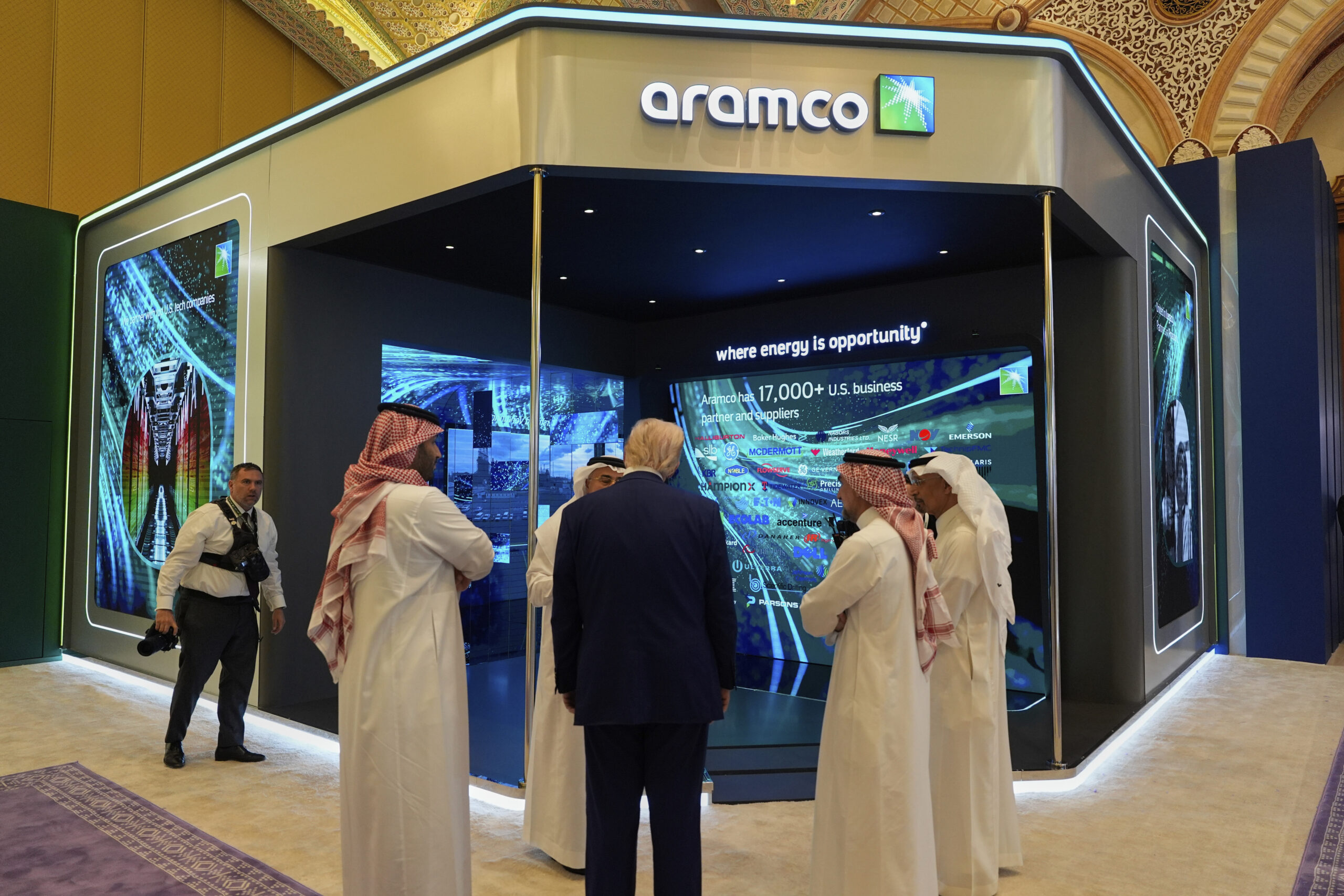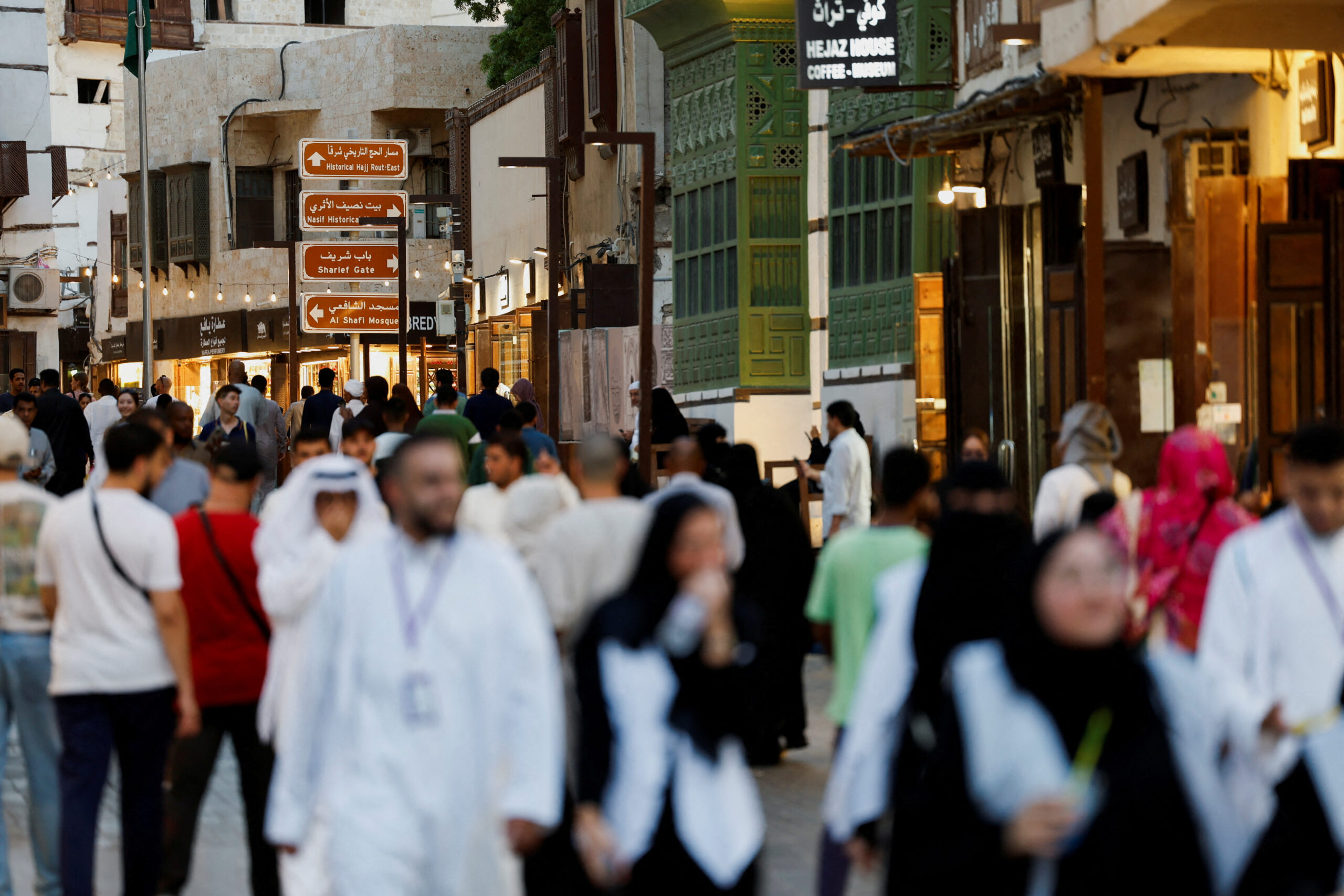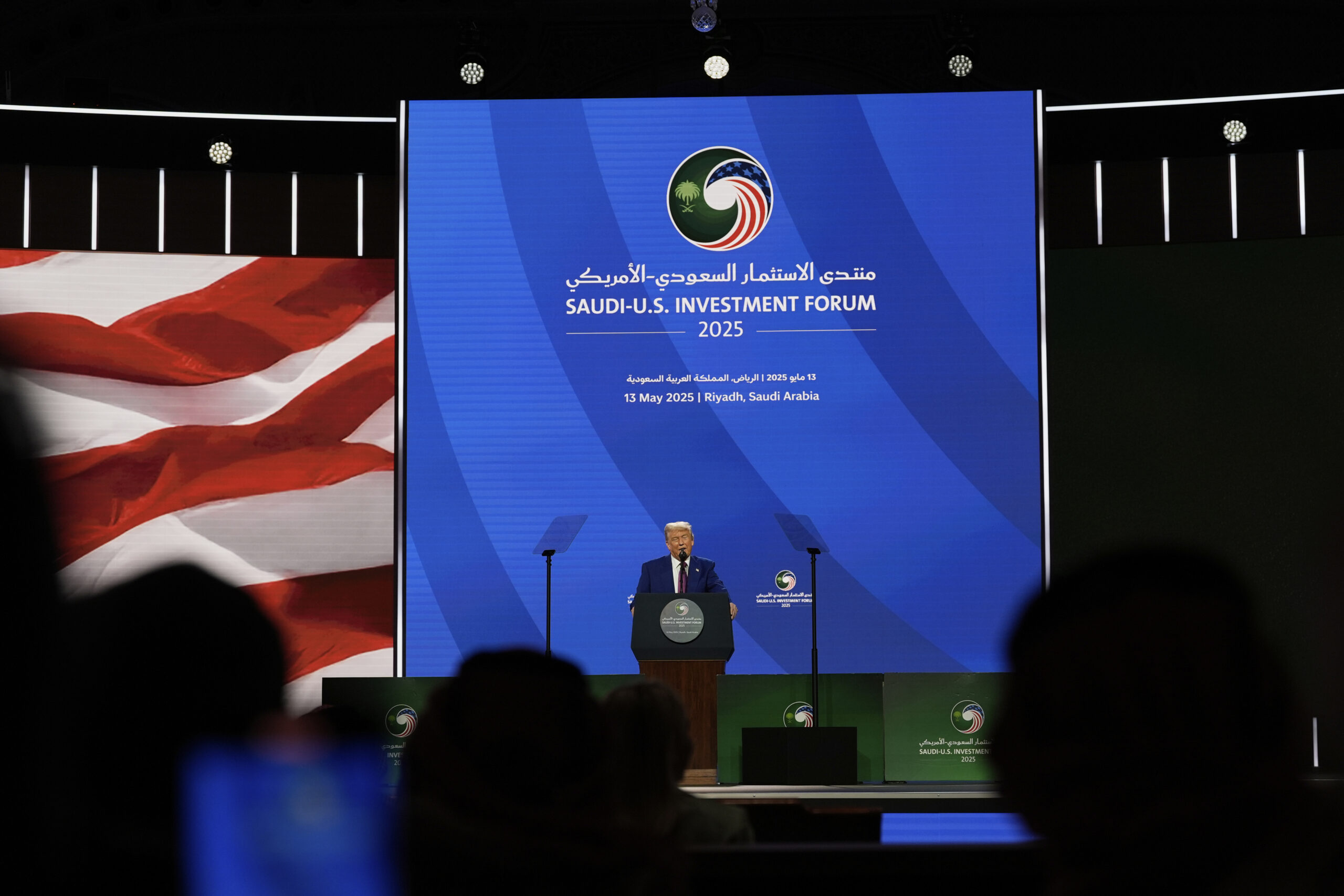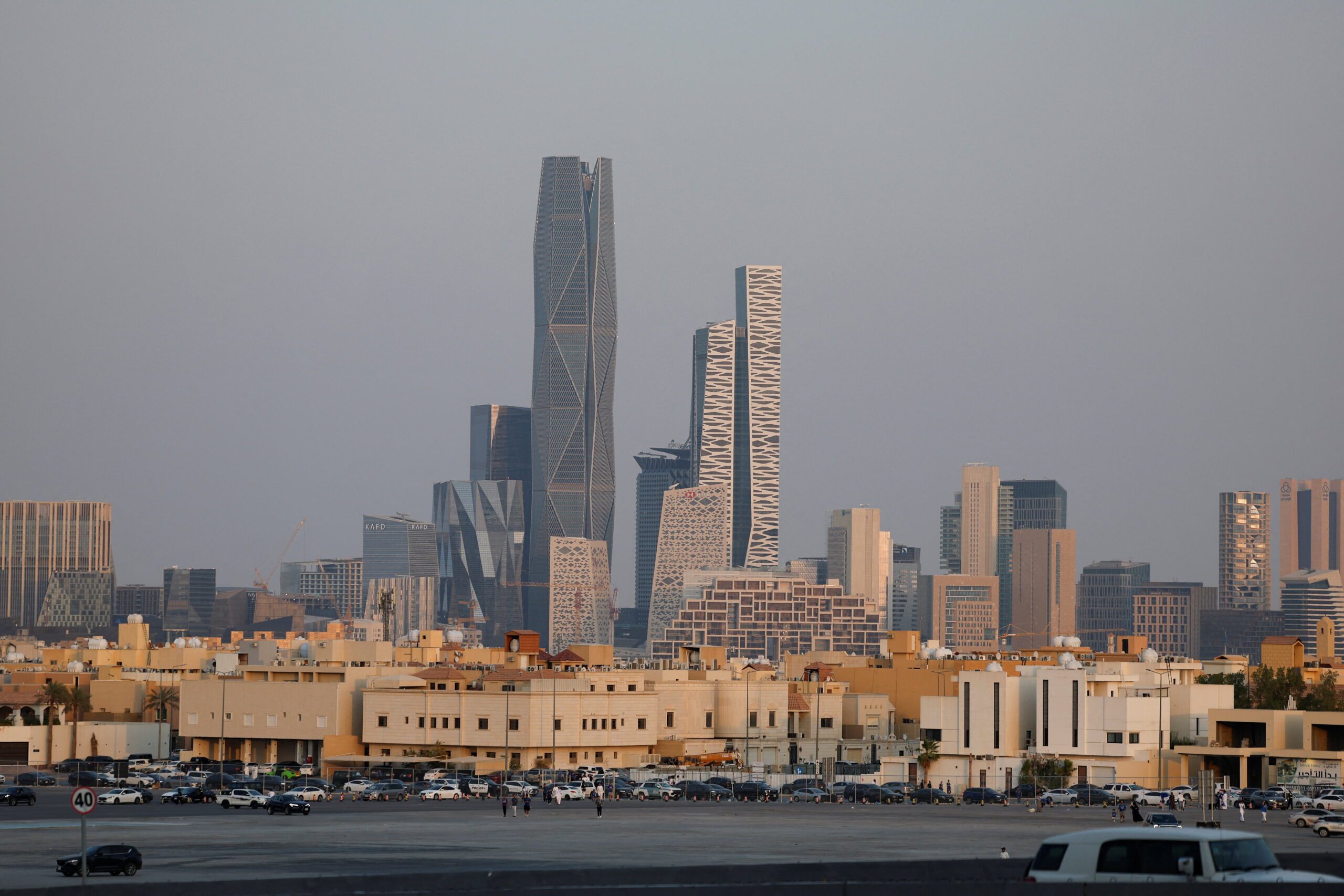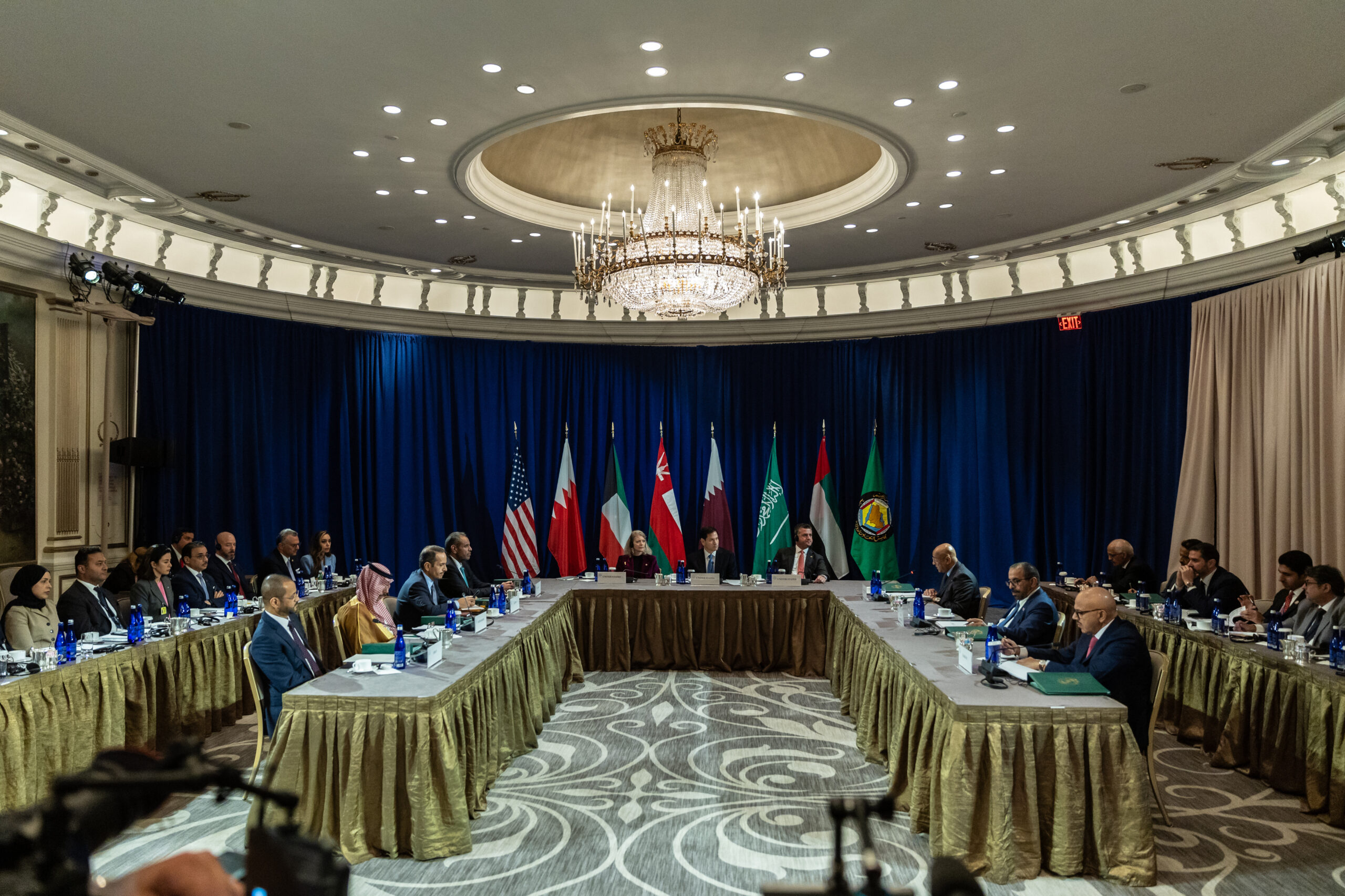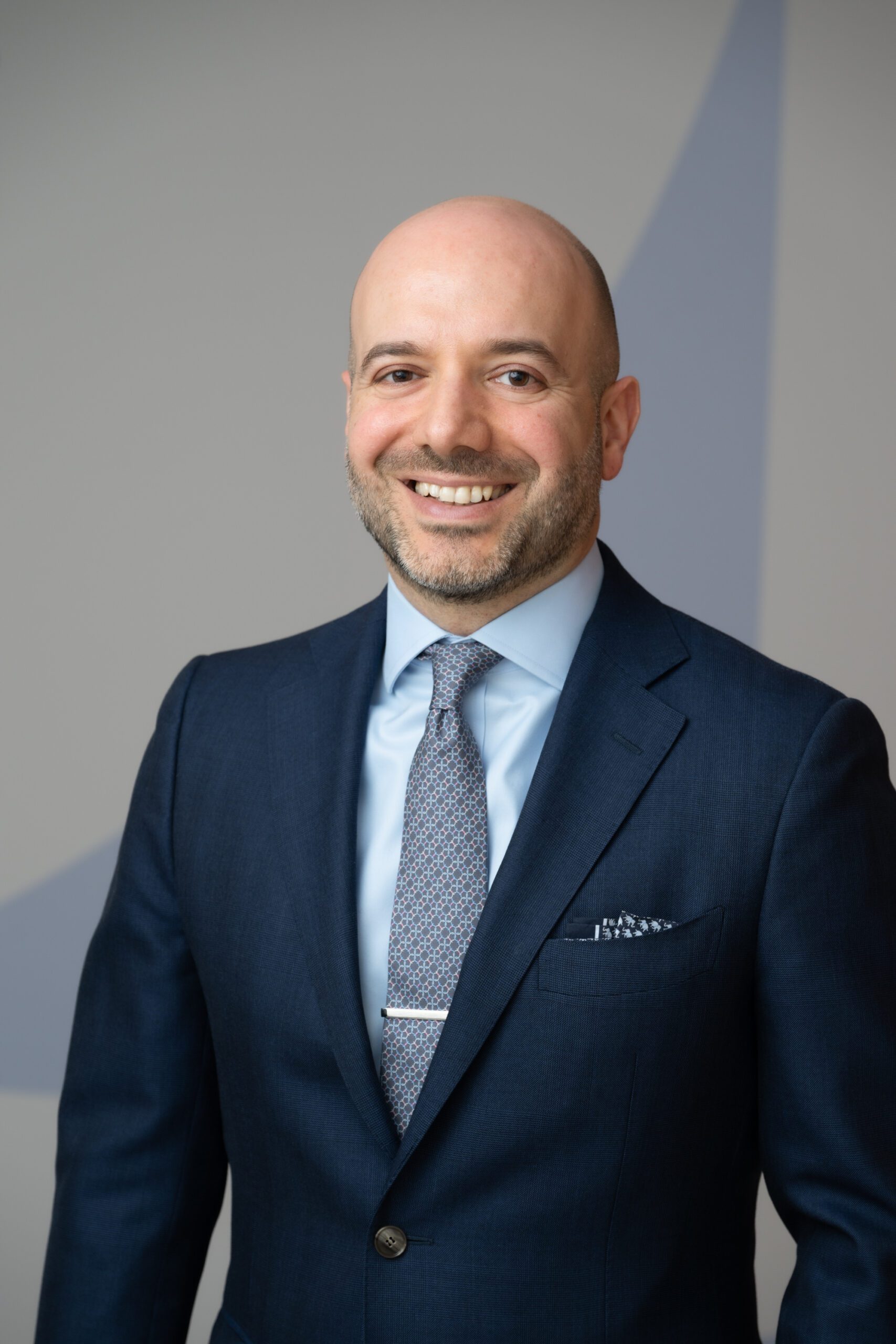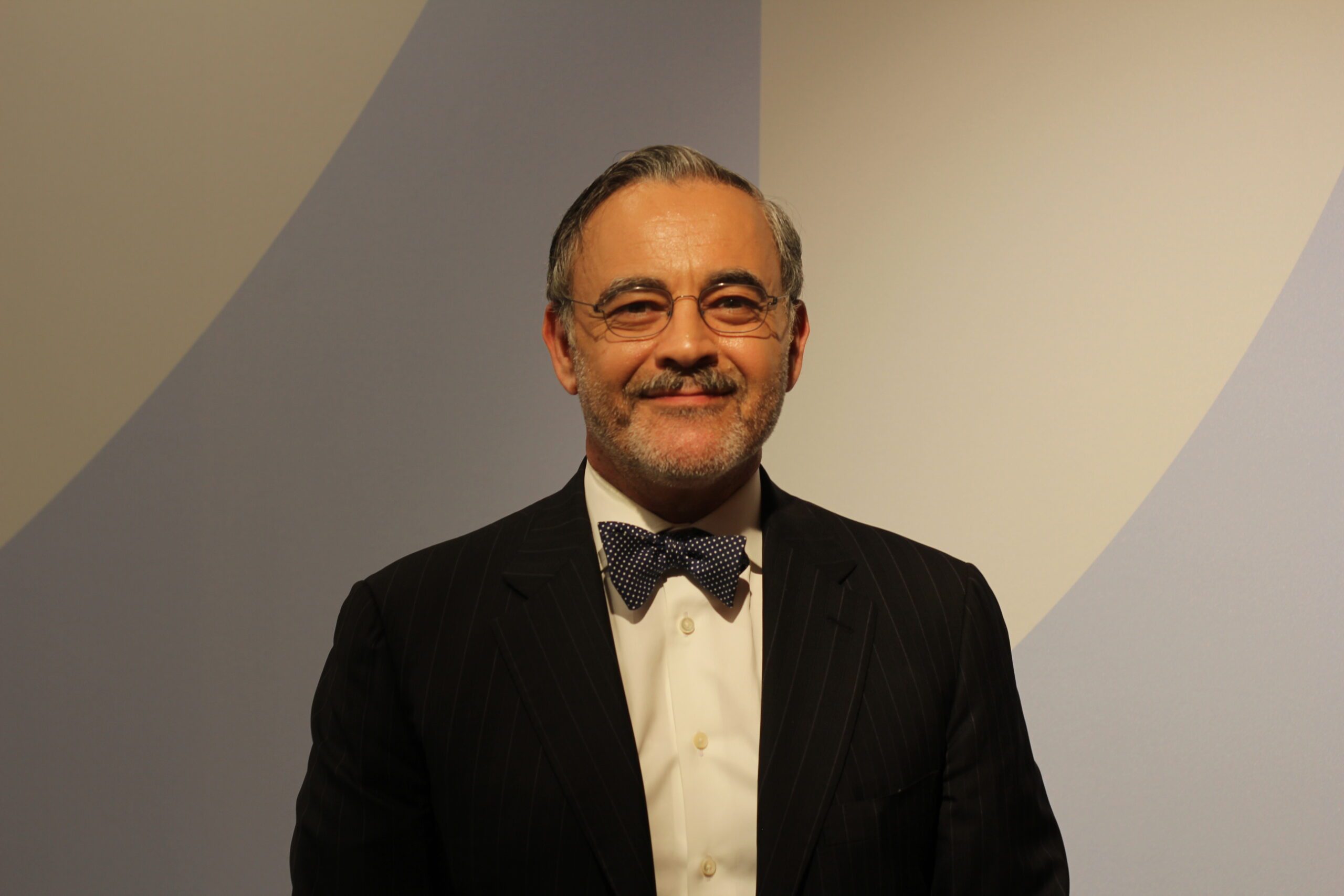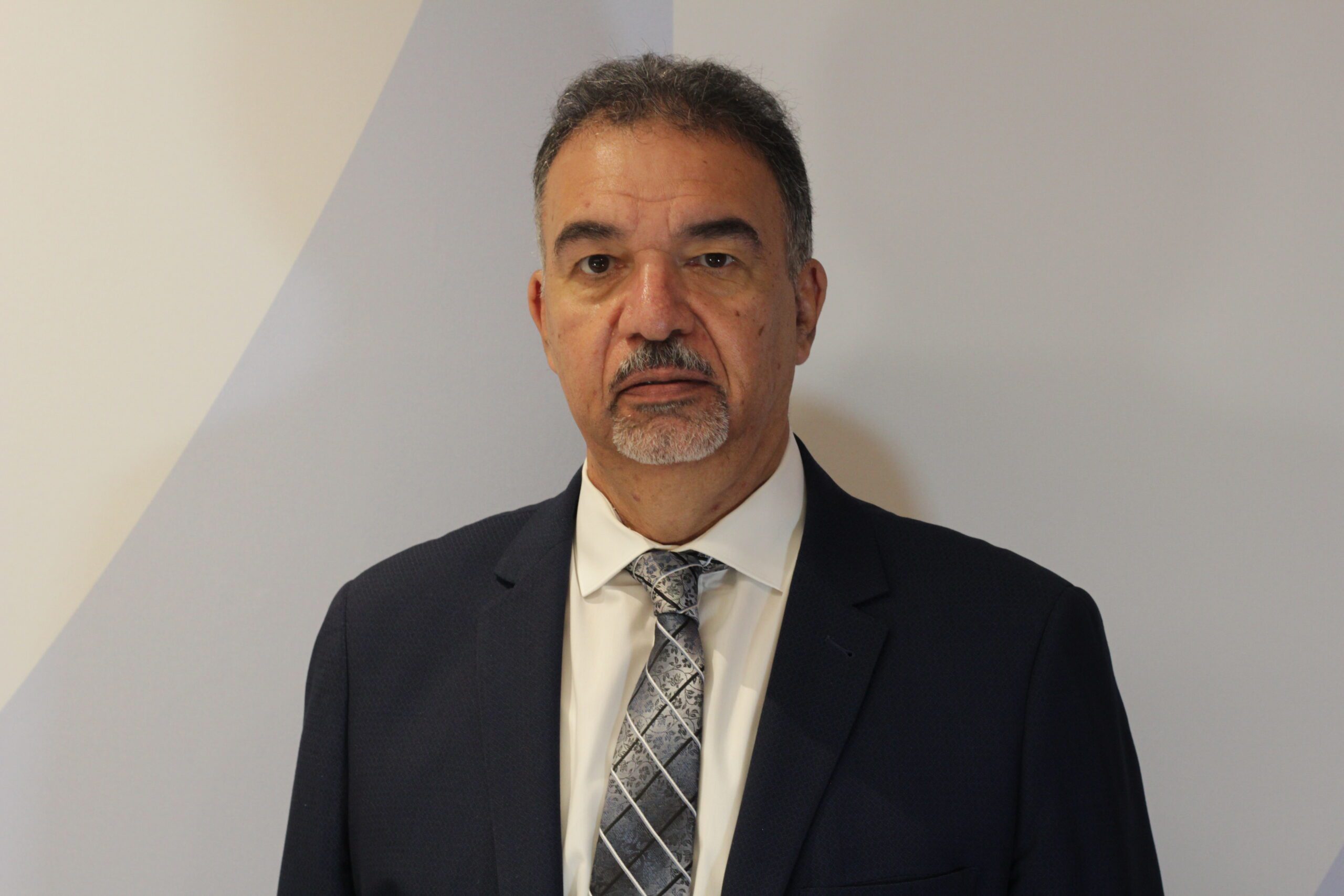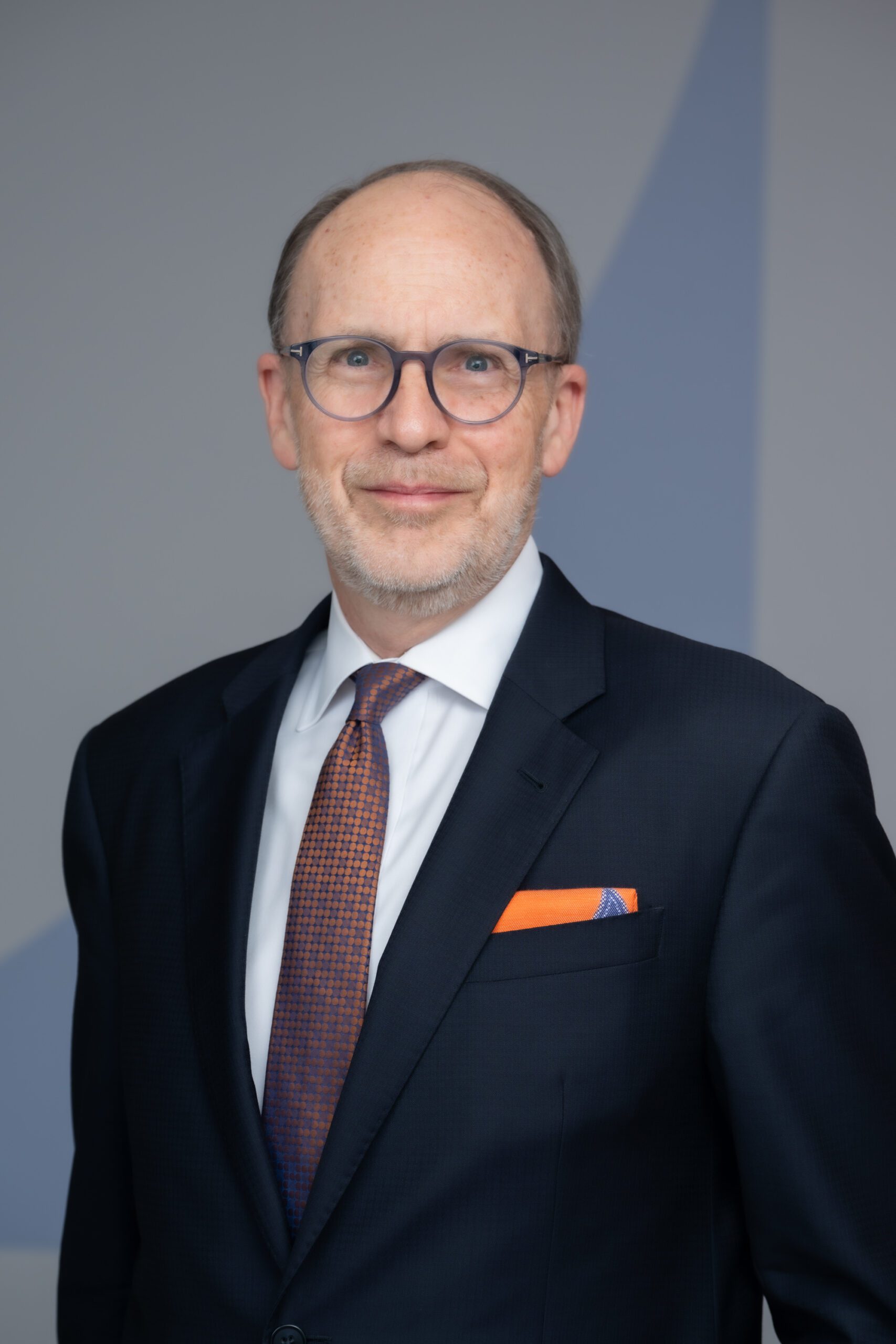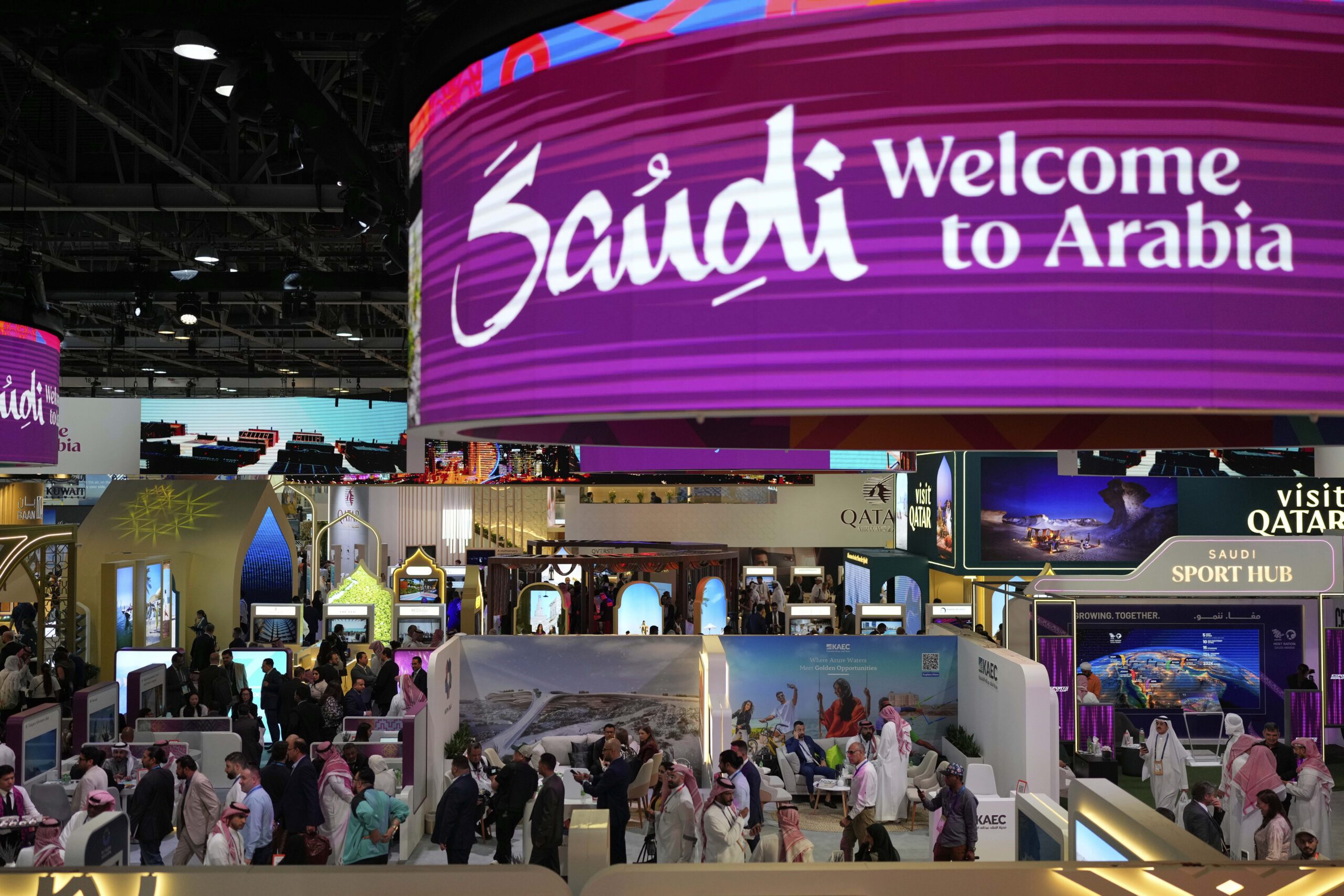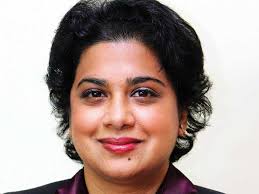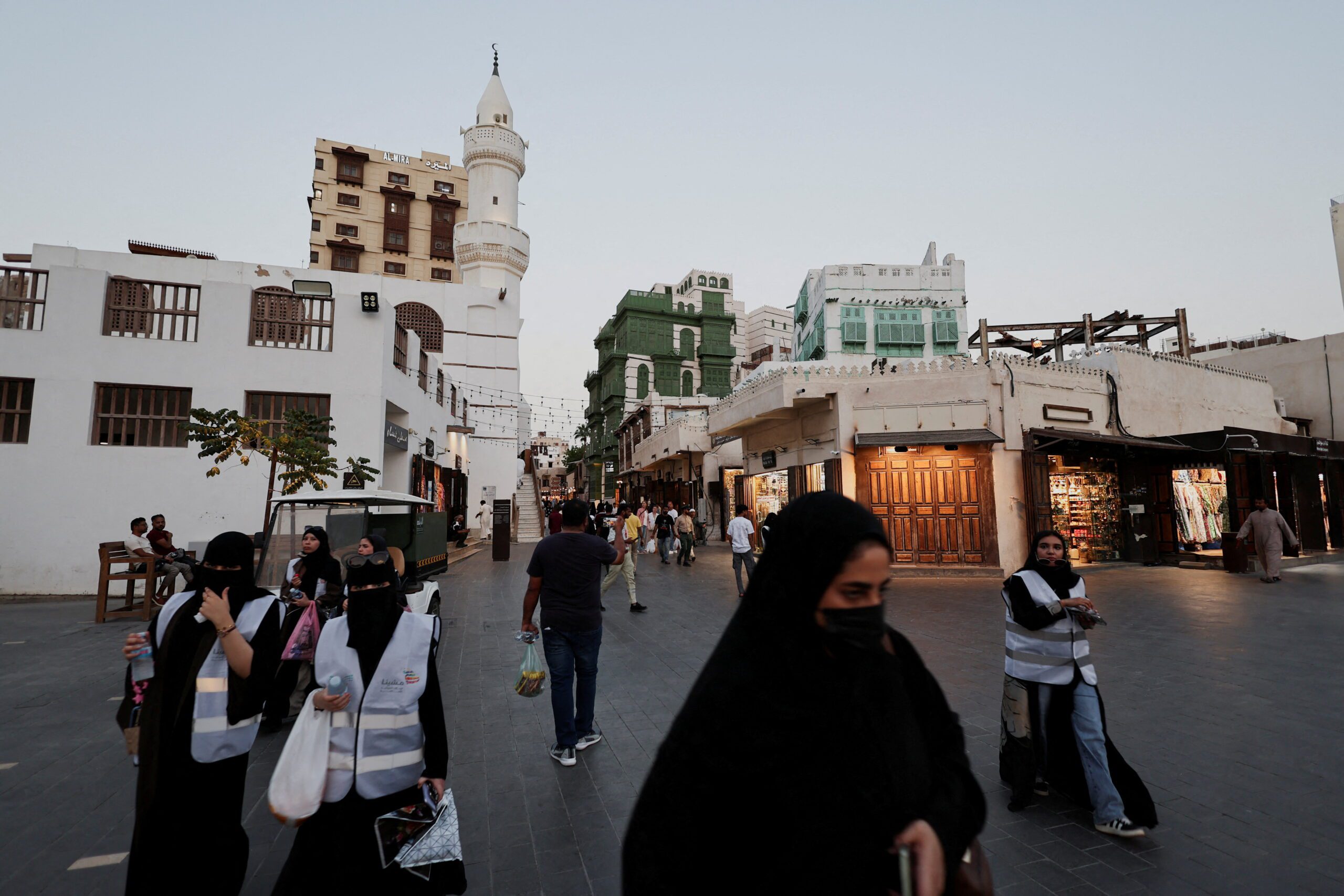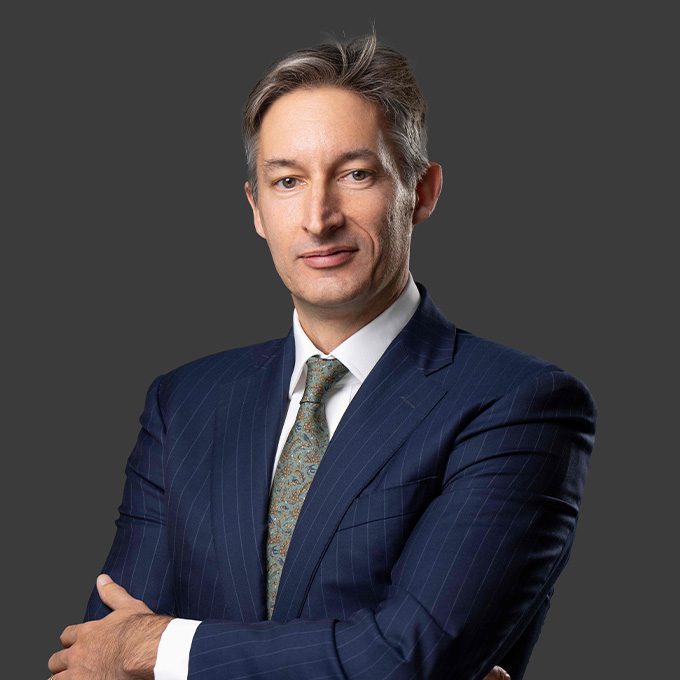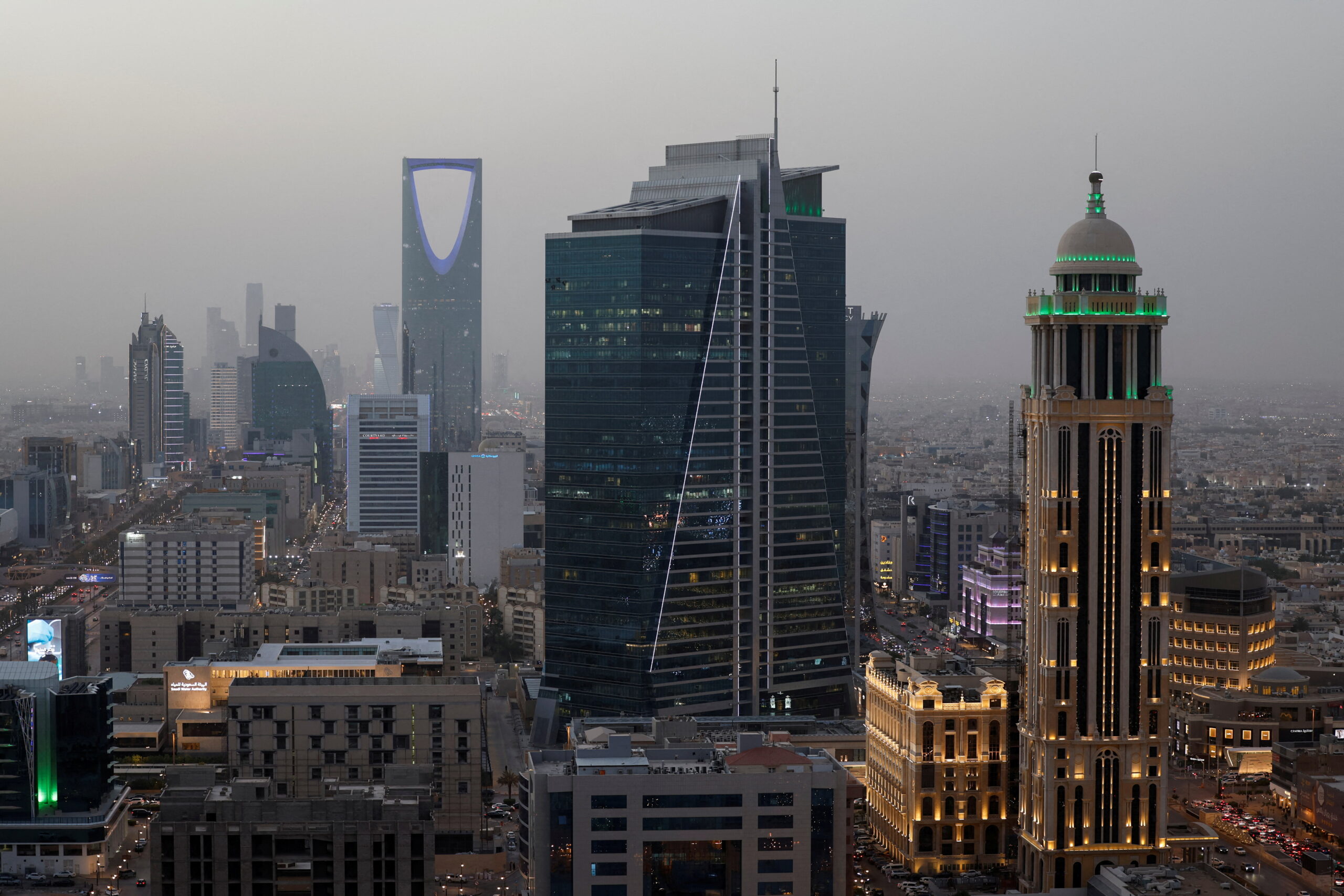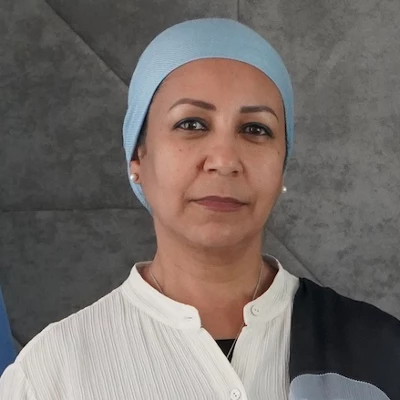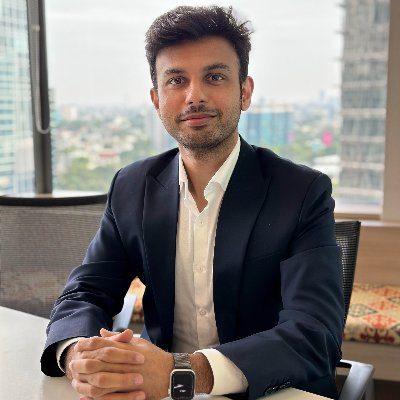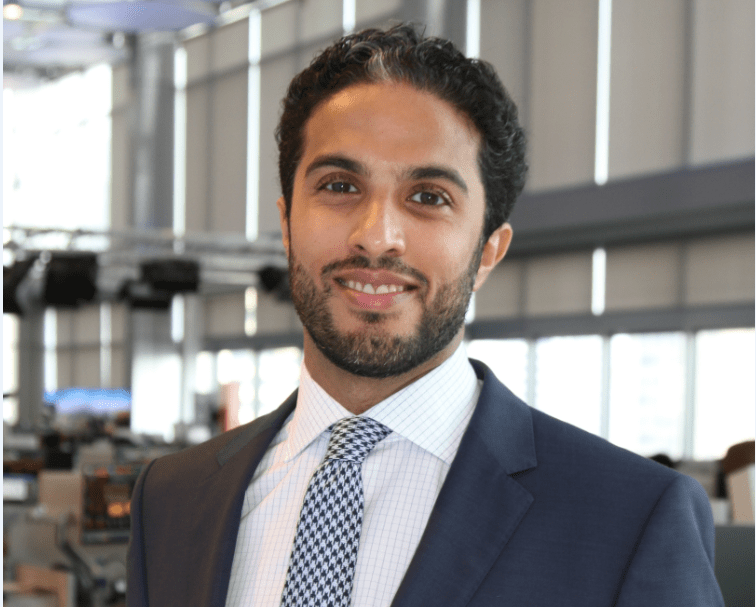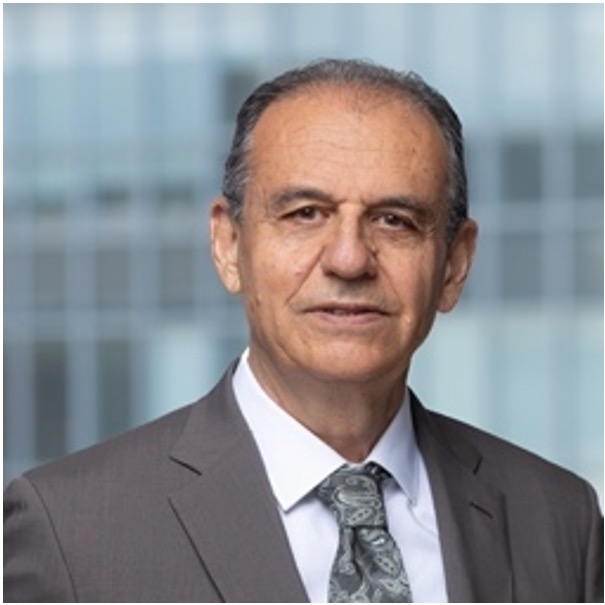Financial Results Raise Questions About the PIF’s Investment Strategy
With lower oil prices likely to constrain financing, a review of the Public Investment Fund’s ongoing projects is needed to ensure that investments are focused in the highest return areas.
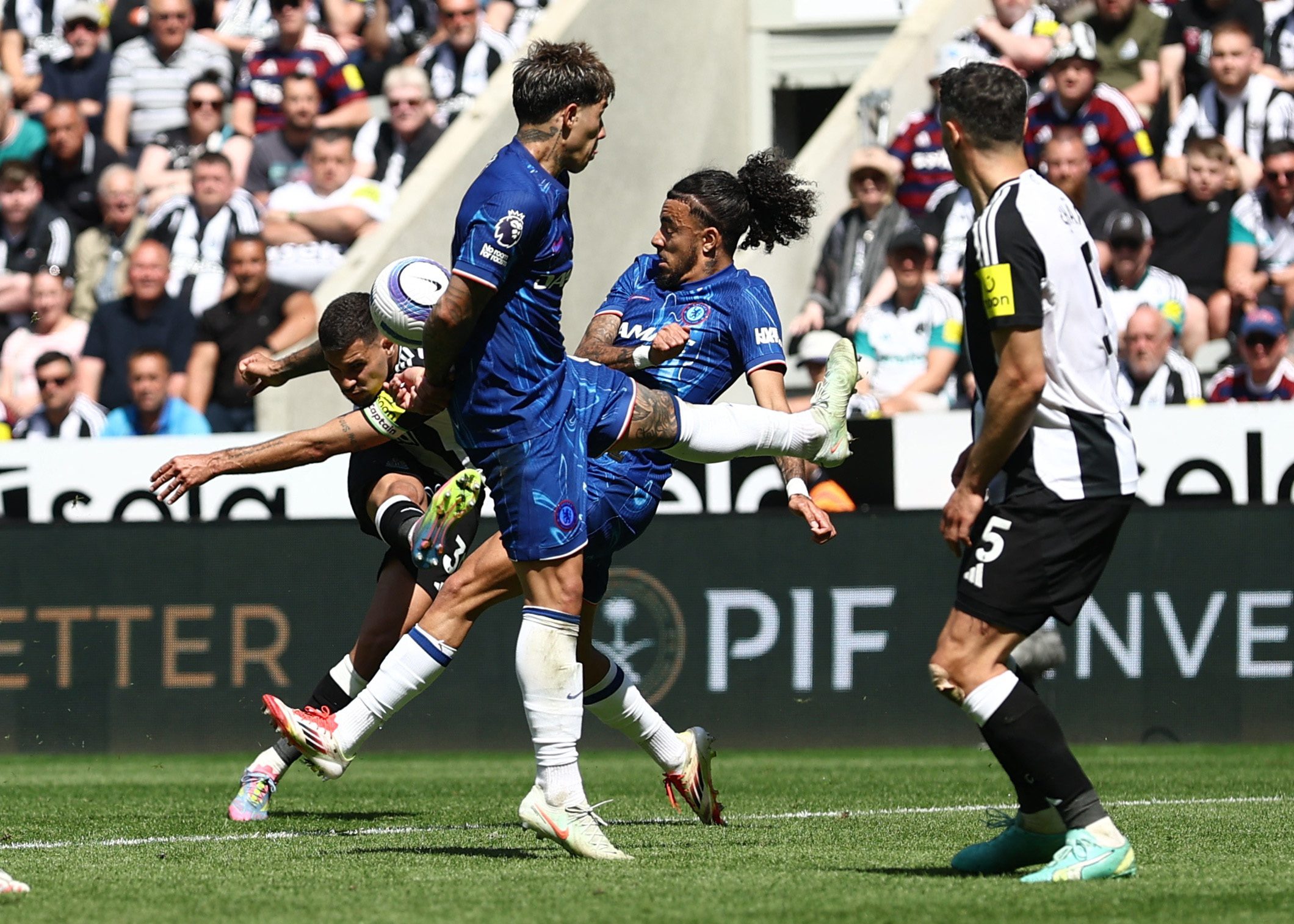
Saudi Arabia’s Public Investment Fund continues to attract global attention for its ambitious investments and forays into the global sports and entertainment markets, but its 2024 annual report raises questions about the success of its strategy. Under the title “AI, Automation, and Impact – PIF’s New Era,” the annual report characterizes it as a “year defined by strategic momentum and scaled ambition,” but a look behind the headline numbers suggests that the PIF’s performance in 2024 was less than stellar. The rate of return on its investment portfolio was low, and its asset growth was driven by the transfer of additional Aramco equity to the PIF rather than by its own investment successes. In particular:
- While assets under management grew by $150 billion or 19% during 2024 to $913 billion, this was largely due to the transfer of 8% of Aramco’s equity from the government to the PIF in March 2024. This equity stake is estimated to have been worth around $140 billion at the end of 2024.
- Similarly, the PIF reported a $10 billion increase in income earned from investment activities in 2024, but the increase was due to the higher dividends it received from Aramco (reflecting both its larger shareholding and the higher dividend Aramco paid).
- The PIF reported that its total return to shareholders averaged 7.2% per year between September 2017 and the end of 2024. This compares to an 8.7% annual return reported in its 2023 annual report (through the end of 2023). This drop in average return suggests that the rate of return in 2024 was close to zero.
- The value of the PIF’s gigaprojects declined by 12% during 2024. While the cause of this decline is not explained in the report, it could be due to accounting write-downs on the value of some of these investments. Indeed, given that new investments were made in the gigaprojects during 2024 (see below), the decline in the value of the underlying assets is likely to have been larger than the headline number indicates.
- The nominal value of the PIF’s international investments remained broadly unchanged during 2024. However, the value of investments in U.S.-listed companies fell by $8.5 billion according to the PIF’s 13-F regulatory filing. Major holdings such as Uber and Take-Two Interactive Software have performed well, but Lucid has continued to disappoint.
PIF Asset and Investment Targets
The PIF has two key targets for the end of 2025: to grow its assets under management to 4 trillion Saudi riyals ($1.07 trillion), and to spend at least 150 billion riyals ($40 billion) per year on new local investments.
The assets under management target will be challenging to achieve, requiring asset growth of 17% during 2025. The Tadawul All-Shares index is down by 10% so far this year and Aramco’s equity price has fallen by 14%. This is likely to have reduced the value of the PIF’s domestic equity holdings by $30 billion to $35 billion. Further, holdings of U.S. equities fell by $3 billion (to around $23 billion) in the first half of the year, although this decline seems to have been driven by sales rather than price declines suggesting the capital has been redeployed elsewhere in the portfolio.
The required asset growth to meet the target will therefore be difficult to achieve solely through returns on the existing portfolio and new investments made during the year. Hitting the asset target will therefore likely require additional asset transfers to the PIF (for example, a further transfer of Aramco equity) or the revaluation of assets that are already on the PIF’s books, notably land assets at the gigaprojects. Both are possible if the PIF is set on meeting the asset target, but neither adds economic value.
The target for new domestic investments was achieved in 2024, but the question is whether it can be sustained in 2025. The PIF reported that it invested 213 billion riyals ($57 billion) in “priority sectors” in 2024. However, with dividends received from Aramco declining this year and liquid assets in the Treasury portfolio being limited, the funding of new investments will increasingly depend on borrowing or the further sale of existing assets to free up capital.
Time for a Reset
The decline in oil revenue provides an opportunity for the kingdom to reassess its spending ambitions and priorities. In recent years, demands on financial resources have risen significantly with the acceleration of Vision 2030 projects, preparations to host major global and regional events, such as the 2034 FIFA World Cup, and promised investments in the United States. While meeting these demands would have been challenging in any circumstances, with oil prices in the mid-$60s per barrel, a spending reset is required.
The second quarter fiscal data suggests that the government is already doing this with spending down by 9% relative to the second quarter of 2024. The PIF needs to follow suit. It has already announced a strategic review of Neom, and such reviews should be extended to other large investment projects as well. The reviews need to assess the economic and financial viability of the investments being made based on realistic assumptions about demand, costs, and rates of return. A more focused investment approach is likely to lead to better long-term outcomes for the Saudi economy.
The views represented herein are the author's or speaker's own and do not necessarily reflect the views of AGSI, its staff, or its board of directors.
